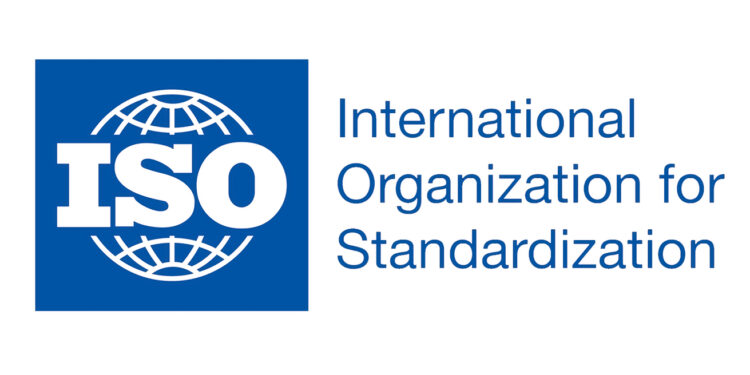Implementing ISO 14001:2015 in Diverse Industries for Sustainable Environmental Management

Introduction: In an era characterized by increasing environmental concerns and regulatory pressures, organizations across various industries are increasingly turning to international standards to guide their environmental management efforts. Among these standards, ISO 14001:2015 stands out as a comprehensive framework for establishing, implementing, maintaining, and improving environmental management systems (EMS). This article explores the significance of ISO 14001:2015 and its application across diverse industries.
Understanding ISO 14001:2015: ISO 14001:2015 is a globally recognized standard developed by the International Organization for Standardization (ISO) to help organizations manage their environmental responsibilities in a systematic and integrated manner. It provides a structured approach for identifying environmental aspects, setting objectives and targets, implementing controls, and monitoring performance. The standard follows the Plan-Do-Check-Act (PDCA) cycle, emphasizing continual improvement in environmental performance.
Key Requirements of ISO 14001:2015: The standard outlines several key requirements that organizations must fulfill to achieve certification:
- Environmental Policy: Organizations must establish and maintain an environmental policy that reflects their commitment to compliance with applicable legal requirements and continuous improvement in environmental performance.
- Environmental Aspects and Impacts: Identifying and evaluating environmental aspects and impacts of activities, products, and services are crucial steps in determining significant environmental risks and opportunities.
- Legal and Other Requirements: Organizations must establish and maintain procedures to identify, access, and ensure compliance with relevant environmental legislation and other requirements.
- Objectives and Targets: Setting measurable environmental objectives and targets aligned with the organization’s environmental policy enables systematic improvement efforts.
- Resources, Roles, Responsibilities, and Authority: Adequate resources, competent personnel, clear roles, responsibilities, and authority are essential for effective EMS implementation.
- Competence, Training, and Awareness: Ensuring that employees are competent, trained, and aware of their environmental responsibilities fosters a culture of environmental stewardship.
- Communication: Effective communication internally and externally facilitates understanding, engagement, and collaboration on environmental matters.
- Operational Control: Implementing controls to manage significant environmental aspects and prevent pollution is crucial for minimizing adverse environmental impacts.
- Monitoring and Measurement: Regular monitoring, measurement, analysis, and evaluation of environmental performance indicators enable organizations to track progress towards objectives and targets.
- Nonconformity and Corrective Action: Establishing procedures for identifying, addressing, and correcting nonconformities and taking preventive actions mitigates environmental risks and ensures compliance.
Application in Various Industries: ISO 14001:2015 is applicable to a wide range of industries, including manufacturing, construction, healthcare, hospitality, transportation, and more. Here’s how the standard is applied across some key sectors:
- Manufacturing: Manufacturing industries face significant environmental challenges related to resource consumption, waste generation, and emissions. ISO 14001 helps manufacturers systematically manage environmental impacts throughout the production process, from raw material sourcing to product disposal.
- Construction: Construction projects can have substantial environmental impacts, including habitat destruction, air and water pollution, and energy consumption. ISO 14001 assists construction companies in identifying and mitigating environmental risks associated with site operations, material usage, and waste management.
- Healthcare: Healthcare facilities consume large amounts of energy and water and generate various types of waste, including hazardous materials. ISO 14001 aids healthcare organizations in implementing sustainable practices to reduce their environmental footprint while ensuring patient safety and regulatory compliance.
- Hospitality: Hotels and resorts must address environmental concerns such as water and energy conservation, waste reduction, and pollution prevention. ISO 14001 helps hospitality businesses develop green initiatives, engage stakeholders, and enhance their environmental performance while meeting guest expectations.
- Transportation: Transportation activities contribute to air and noise pollution, greenhouse gas emissions, and habitat fragmentation. ISO 14001 assists transportation companies in adopting eco-friendly practices, optimizing fuel efficiency, and reducing environmental impacts associated with vehicle operations and maintenance.
Conclusion: ISO 14001:2015 serves as a valuable tool for organizations seeking to proactively manage their environmental impacts, comply with regulations, and improve sustainability performance. By implementing the standard’s requirements, diverse industries can mitigate environmental risks, enhance operational efficiency, and demonstrate their commitment to environmental stewardship and corporate responsibility. Embracing ISO 14001 not only benefits the environment but also strengthens organizations’ reputations, reduces costs, and fosters long-term resilience in an increasingly eco-conscious world.






